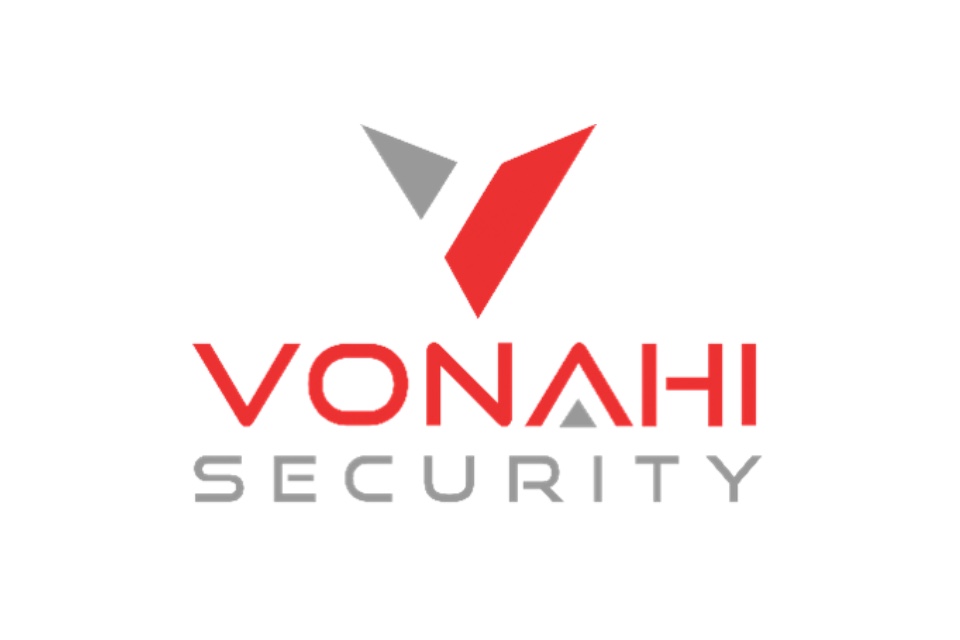The web browser is the gateway to the digital world, making it a prime target for cyberattacks. Both private and public sector organisations have a responsibility to safeguard user data and online activity. This is where browser security tools come in, playing a crucial role in protecting against online threats. However, with a plethora of providers available, selecting the right partner can be daunting. Here are our top tips for senior IT professionals to source trusted browser security solutions…
1. Conduct a Thorough Threat Assessment:
Before embarking on your search, conduct a comprehensive assessment of your organisation’s browser security vulnerabilities. Evaluate factors like user browsing habits, the type of data accessed through browsers, and the prevalence of remote working practices that may introduce additional risks.
2. Prioritise Multi-Layered Protection:
Relying on a single security solution is akin to building a sandcastle against the tide. Look for providers offering multi-layered browser security tools encompassing features like:
- Content Filtering: Blocking access to malicious websites known for phishing attacks, malware distribution, or data breaches.
- Ad Blocking: Mitigating the risk of adware and other malicious content embedded within online advertisements.
- Data Encryption: Ensuring data is encrypted during transmission, reducing the risk of interception by cybercriminals.
- Password Management: Encouraging strong password practices and offering secure storage solutions for user credentials.
3. Embrace Cloud-Based Solutions for Scalability and Flexibility:
Cloud-based browser security solutions offer several advantages. They are typically easier to deploy and maintain compared to on-premise solutions. Additionally, cloud-based tools allow for centralised management and seamless scalability, particularly valuable for geographically dispersed workforces or organisations with fluctuating security needs.
4. Seek Seamless Integration and User Experience:
Browser security tools shouldn’t hinder productivity. Evaluate the user experience of the tool, ensuring it integrates seamlessly with popular web browsers and doesn’t impede browsing performance. Furthermore, consider the impact on user adoption – a user-friendly interface is crucial for encouraging employees to actively utilise the security features.
5. Prioritise Ongoing Support and Threat Intelligence:
The cyber threat landscape is constantly evolving. Choose a provider offering ongoing support, including regular security updates and access to the latest threat intelligence. Look for partners that can provide training and resources to educate users on best practices for secure browsing habits.
Bonus Tip: Compliance Considerations:
For public sector organisations and those handling sensitive data, compliance with regulations like GDPR (General Data Protection Regulation) is paramount. Select a provider that demonstrates a commitment to data privacy and security,ensuring their tools comply with relevant UK and international regulations.
By following these top tips, senior IT professionals can navigate the landscape of browser security providers with confidence. This empowers them to select a trusted partner that delivers comprehensive protection, seamless user experience, and ongoing support, ultimately safeguarding their organisation’s data and online activities.
Are you searching for Web Browser Security solutions for your organisation? The Cyber Secure Forum can help!





